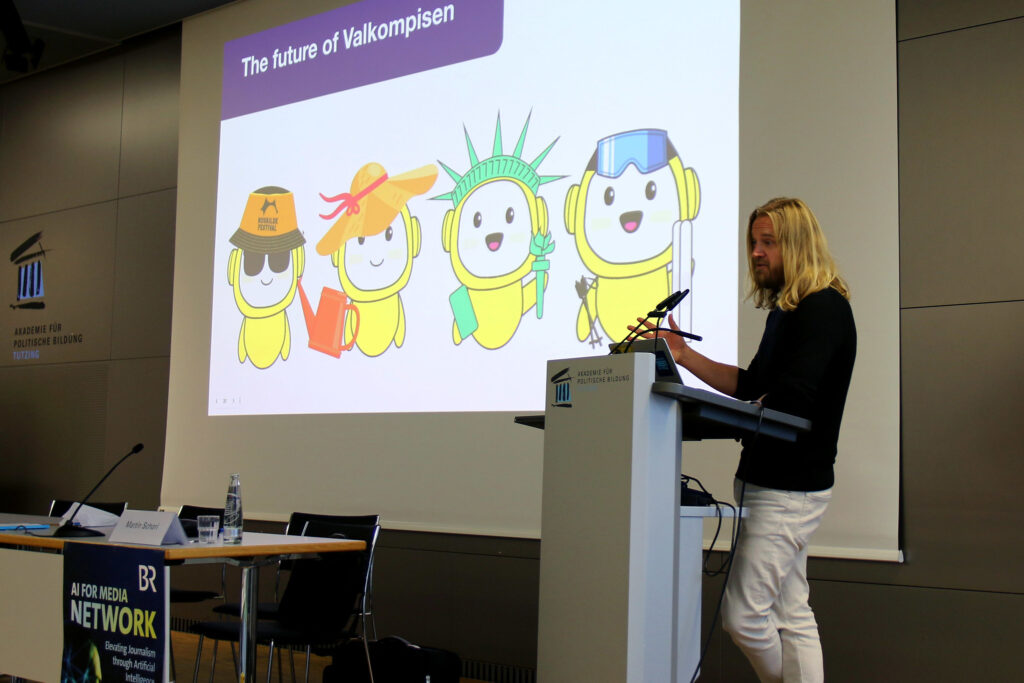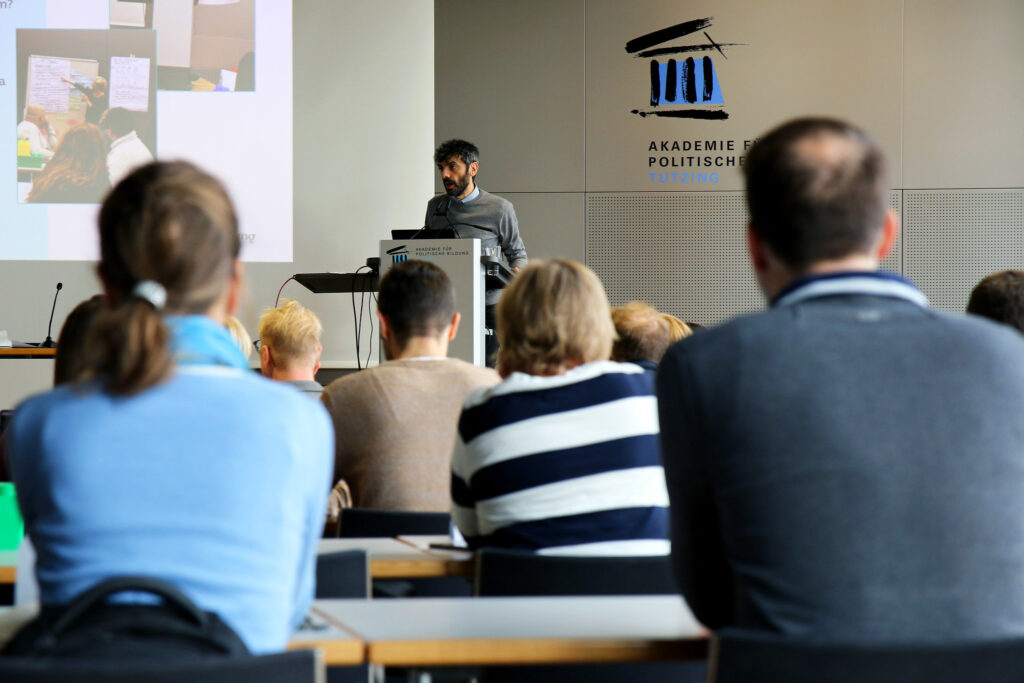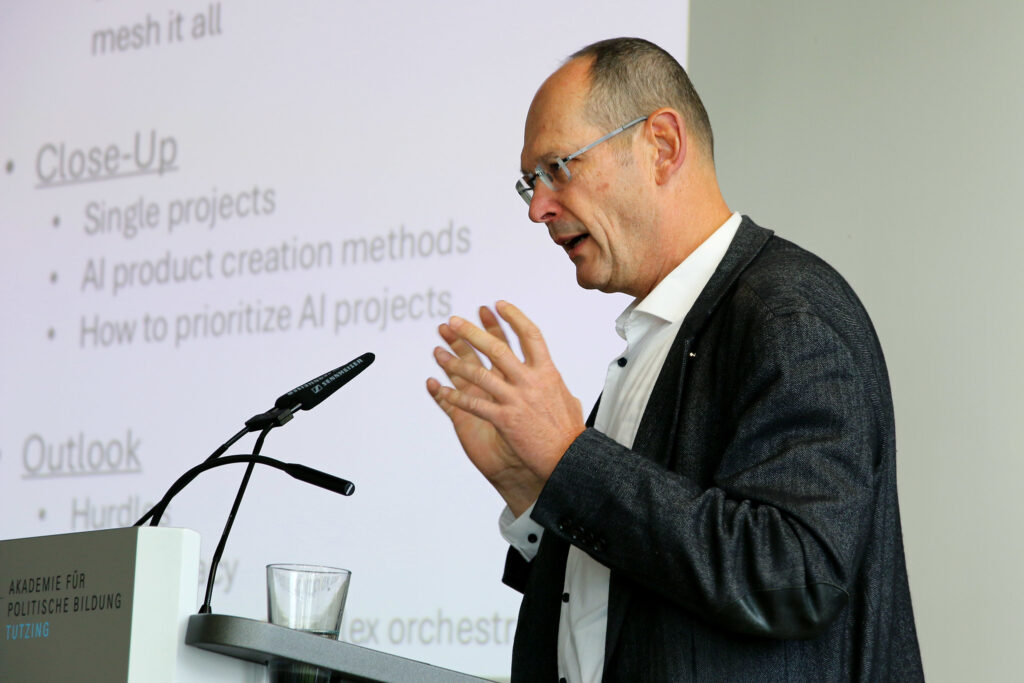At a two-day symposium in Tutzing, the AI for Media Network delved into innovative approaches to help journalism thrive in an AI-driven information ecosystem. Sixty experts from diverse fields collaborated to develop scenarios and recommendations for the media industry. The focus was on preparing data to ensure it is well-suited for interpretation and transformation by generative AI technologies.

After two successful meetups and a hackathon, the AI for Media Network, initiated by BR, tried a new think-tank format on November 13 and 14. Under the theme “AI-Mediated Media Environment: Boosting Media for an AI-Driven Information Ecosystem,” 60 AI experts from journalism, science, and the tech sector gathered at the Akademie für Politische Bildung in Tutzing at the shores of Lake Starnberg to discuss the future of quality journalism in an era where media content is increasingly created, curated, and distributed with the help of AI. They also explored how media organizations can adapt organizationally and technically to this disruption.
The opening speech by Uli Köppen, Chief AI Officer of BR was followed by presentations from distinguished experts, including David Caswell, AI Consultant (David wrote a personal report on this symposium); Martin Schori, Deputy Editor-in-Chief of Aftonbladet; Pirita Pyykkönen-Klauck, CEO of ZDF Sparks; Alessandro Alviani, Lead Generative AI at Süddeutsche Zeitung; Christian Vogg, Data Management Consultant; and Peter Archer, Director for Generative AI at the BBC.







All photos: Akademie für Politische Bildung.
Three Takeaways
Three overarching themes emerged from the symposium:
- Conversational Information Habits: Users will increasingly ask questions and expect precise, tailored answers. AI tools will transform content into the desired format.
- Multi-Modal Databases: Media organizations must compile their trusted content into flexible, multi-modal databases accessible for AI applications via APIs.
- Data Collaboration: There is significant potential for data collaboration between media outlets, leading to new data marketplaces and trusted content pools that could counterbalance opaque LLMs from Big Tech companies.
A more detailed summary will be published on the BR Next Medium blog.
Eight Working Groups
Those insights were formed by eight working groups to envision the future of their respective topics, with a horizon of two to five years:
- Data Storage: A joint archive for German-speaking public service media.
- The NAIghbor: A hyper-personalized local news platform where users get all the information, they need at any time in the way they want it.
- Being Part of the Story: An AI-powered News Buddy to engage media/news-avoiding audiences, ensuring they feel seen, respected, and safe.
- Knowledge Graph for News Stories: Establishing a new unit of news for the AI-mediated information ecosystem.
- Diamonds: Leveraging journalism to automatically use data from scientific databases for tasks like fact-checking.
- Future of Search: Envisioning a conversational search experience where every medium has a dialogue-based relationship with its users.
- UI for AI: Developing a fluid user interface with interaction patterns that dynamically adapt to user needs.
- Build or Buy: Creating a KPI-driven framework for build-or-buy decisions to accelerate time-to-market.
New Format: Online Meetup
Additionally, on December 11th, we will try another new format: our first online meetup from 2 to 3 PM, featuring presentations on fine-tuning LLMs, code assistants and a new AI-powered tool to help geolocate photos and videos.
To stay informed about the latest news and events from the AI for Media Network, you can sign up for our newsletter here.